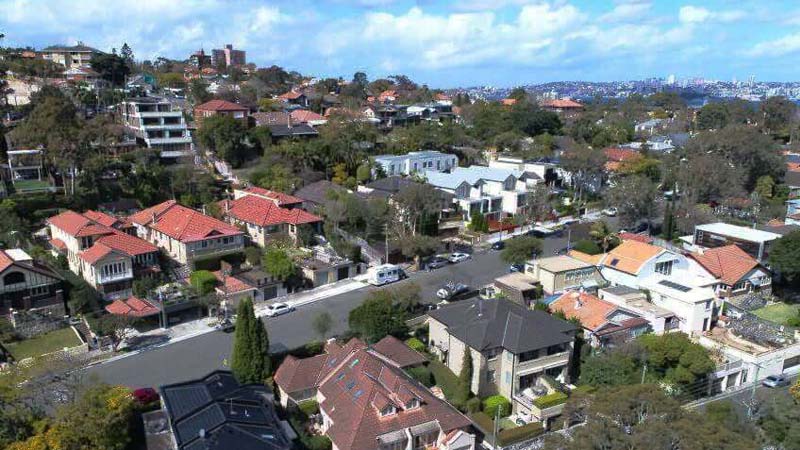Property prices fall for the first time in nearly a year
Australia’s property market fell by 0.4 of a percentage point over the month of May, representing the first drop since June 2019, although it was not as severe as leading economists predicted.
According to the latest CoreLogic figures, five of the eight capital cities have experienced a price drop, although market conditions are returning to normal and seeing an increase in volume.
CoreLogic’s head of research, Tim Lawless, noted better than expected results as the national economy was battered by COVID-19’s impact.
“Considering the weak economic conditions associated with the pandemic, a fall of less than half a per cent in housing values over the month shows the market has remained resilient to a material correction,” Mr Lawless explained.
“With restrictive policies being progressively lifted or relaxed, the downwards trajectory of housing values could be milder than first expected.”
Darwin was Australia’s most impacted city, falling by 1.4 per cent, while Australia’s second-largest market, Melbourne, fell by 0.9 of a percentage point.
Sydney fell for the first time since the health pandemic began, falling by 0.4 of a percentage point.
CoreLogic noted that it was the top of the market which is causing most of the overall falls in property values.
The most rapid decline in housing values is across the top quartile of the Melbourne and Sydney markets.
Melbourne’s most expensive quartile of the market recorded a 1.3 per cent drop in values over the month, compared with a 0.6 of a percentage point fall across the broad “middle” of the market and a 0.3 of a percentage point fall across the most affordable quartile.
Similarly, in Sydney, the top quartile was down by 0.6 of a percentage point, while the lower quartile posted a 0.1 of a percentage point increase in values.
According to Mr Lawless, these were also the sectors of the market recording the most significant rise in values during the most recent growth phase.
“Melbourne’s top quartile values are still 13.9 per cent higher than they were a year ago, while Sydney’s top quartile is up 16.5 per cent over the year,” he said.
Despite these falls, Mr Lawless stated that the overall outlook is more positive than first expected, largely due to a shift in consumer sentiment.
“The reduction in values through May comes as transaction activity in the market shows more positive signs. The CoreLogic estimate of sales activity bounced back by 18.5 per cent in May after a (revised) drop of 33 per cent in April,” Mr Lawless said.
Regional markets have been more resilient to value falls, with the combined regional index holding firm through May.
Although some areas have avoided a reduction in values since March, every region has lost momentum and the longer-term outlook remains uncertain.
“Eventually, government stimulus will wind back and borrower repayment holidays will expire. In the absence of these policies, housing values could come under some additional downwards pressure if economic conditions haven’t picked up towards the end of the year,” the researcher explained.








